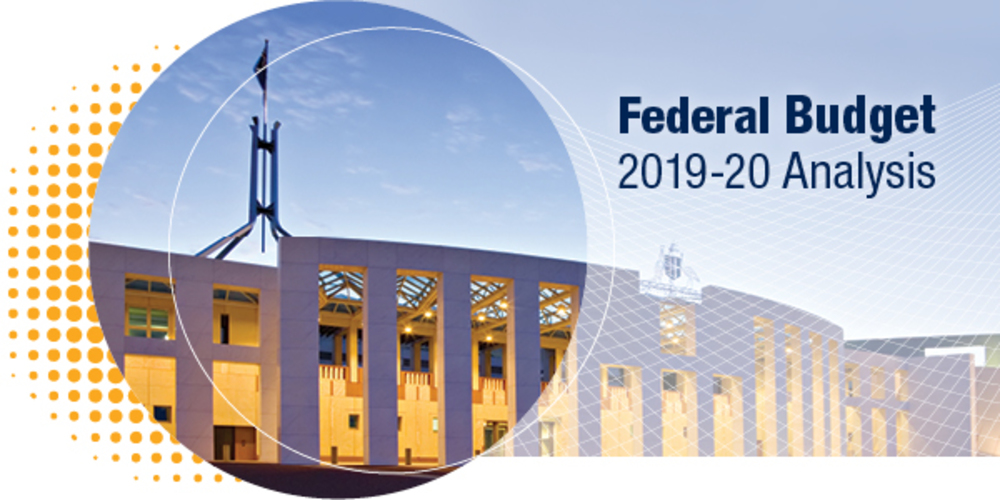Private Health Insurance Incentives and Disincentives
Posted on May 1, 2019 by Kelsi KeepIf you have just been taken off your parent’s Private Health Insurance policy or your child has just been taken off your policy you might be thinking about whether or not it’s worth getting your own, or advising your child to start their own policy.
Private Health Insurance is an individual choice and you need to consider your personal circumstances in deciding if private health insurance is right for you. This article will provide some information of the government incentives and disincentives that currently exist, so that you may be able to make a more educated decision regarding the costs of Private Health Insurance.
Private Health Insurance Rebate
For about 20 years now we have had the Private Health Insurance (PHI) Rebate. The Australian Government provides the PHI Rebate to encourage people to take out and maintain private health insurance. The PHI rebate applies at tiered rates depending on your income level for surcharge purposes. The income levels for surcharge purposes and the applicable rates are as follows:
| Base tier | Tier 1 | Tier 2 | Tier 3 | |
|
Single |
$90,000 or less | $90,001 – $105,000 | $105,001 – $140,000 | $140,001 or more |
| Family | $180,000 or less | $180,001 – $210,000 | $210,001 – $280,000 |
$280,001 or more |
Note: The family income threshold is increased by $1,500 for each Medicare levy surcharge dependent child after the first child.
|
Rebate |
||||
| Base Tier | Tier 1 | Tier 2 | Tier 3 | |
|
< age 65 |
25.415% |
16.943% |
8.471% |
0% |
|
Age 65-69 |
29.651% |
21.180% |
12.707% |
0% |
| Age 70+ | 33.887% | 25.415% | 16.943% |
0% |
You can choose to claim your rebate as a premium reduction which lowers the policy price charged by your insurer, or as a refundable tax offset when you lodge your tax return.
Allowable Age-based Discounts
There is also a new incentive for Australians aged 18-29 years of age, who can be offered discounts of up to 10 per cent off their private hospital insurance premiums.
From 1 April 2019, insurers will be able to offer premium discounts on hospital cover of two per cent for each year that a person is aged under 30 when they first purchase hospital insurance, to a maximum of 10 per cent for Australian’s aged between 18 to 25. The age-based discounts on hospital insurance premiums will be based on a person’s age when they become insured under a policy that offers discounts. The discount rates are shown below:
|
Person’s age when they first purchase a hospital product offering discounts |
Discount that insurer may offer |
|
18-25 |
10% |
|
26 |
8% |
|
27 |
6% |
|
28 |
4% |
|
29 |
2% |
| 30 |
0 |
As a transitional arrangement for existing policy holders, the insurer can offer the discount based on individual’s age when their insurer first introduces age-based discounts for their product. For example, a policyholder who is 28 on 1 April 2019 would receive a 4 per cent discount, even if they first purchased hospital insurance when they were 26 years old.
Once a policy holder has an age-based discount, they will retain that discount rate until they turn 41 if they remain on the same policy. These discounts will then be gradually phased out after a policy holder turns 41.
The provision of discounted products by insurers will be voluntary, however if an insurer chooses to offer discounts on a particular product they must offer the discount on the same basis to all eligible holders of that product, including new and existing policy holders.
Lifetime Health Cover Loading
Lifetime Health Cover (LHC) loading is designed to provide an incentive for people to take out private health insurance before 30 years of age. The way that it works is if you purchase hospital cover after the 1 July following your 31st birthday, you will have to pay the Lifetime Health Cover (LHC) loading on top of your premiums. The loading increases for every year you are aged over 30.
Medicare Levy Surcharge
A disincentive also exists for high income earners, regardless of their age. The Medicare Levy surcharge (MLS) is levied on Australian taxpayers who do not have an appropriate level of private hospital insurance and who earn above a certain income.

